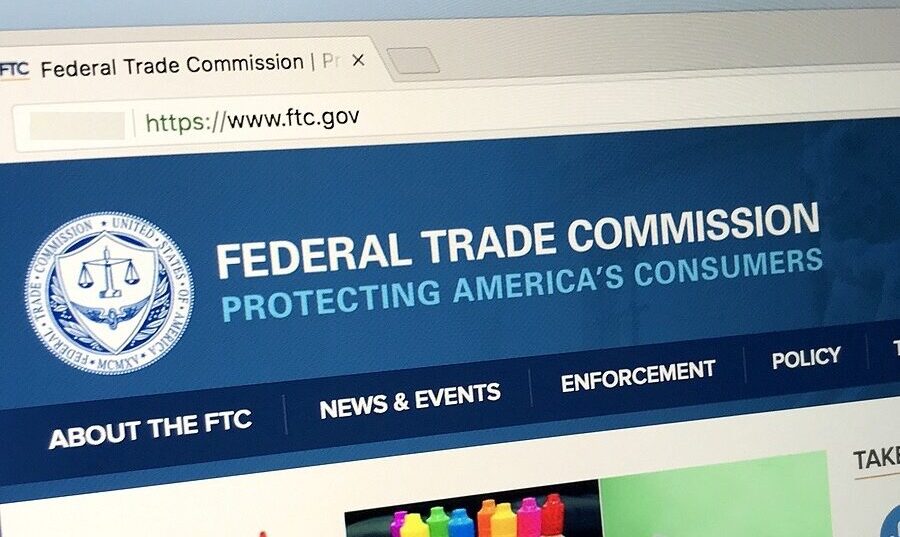
Three Frameworks to Grow Your Customers
As part of our “Best of Subscription Show” members-only series, we’ll look back at some of our most popular speakers and sessions and share key takeaways that show why this information remains relevant and how you can use it to grow your subscription business and inform your decision making. In this article, Mark Stiving, Ph.D., from Impact Pricing LLC shares his insight on the importance of growing customers, instead of focusing solely on retention and acquisition. When it comes to growing a su...
HELLO!
This premium article is exclusively reserved for Subscription Insider PRO members.
Want access to premium member-only content like this article? Plus, conference discounts and other benefits? We deliver the information you need, for improved decision-making, skills, and subscription business profitability. Check out these membership options!
Learn more about Subscription Insider PRO memberships!
Already a Subscription Insider PRO Member?
Please Log-In Here!








